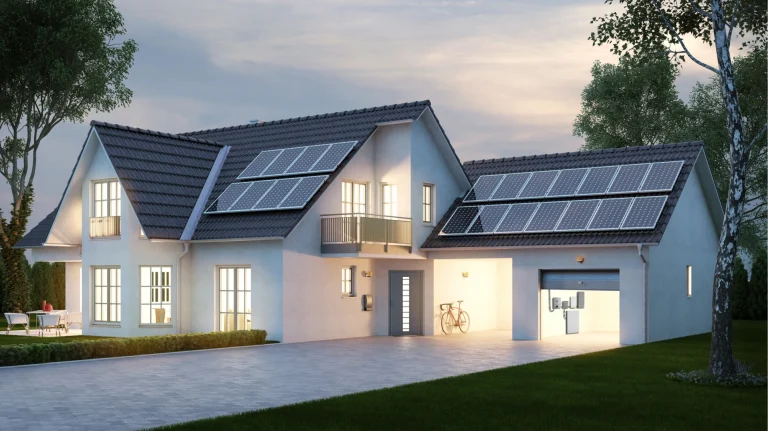How Solar Panels and Batteries Work Together
Solar power is one of the most efficient and eco-friendly ways to generate electricity.
But what happens when the sun isn’t shining? This is where battery storage becomes essential.
In this guide, we take an in-depth look at how solar panels and batteries work together to provide consistent, renewable energy for your home or business.
How Do Solar Panels Generate Energy?
Solar panels absorb sunlight using photovoltaic (PV) cells, which convert it into direct current (DC) electricity.
Since most homes use alternating current (AC) electricity, an inverter transforms DC power into usable AC energy.
During the day, solar panels often generate more energy than your home consumes.
Without a battery, this surplus electricity flows back to the grid. However, with a battery system, the extra energy is stored for later use, ensuring you maximize your solar investment.
How Solar Panels and Batteries Work Together
Solar panels generate electricity – Sunlight hits the PV cells, producing power.
Appliances use solar energy in real-time – Your home draws power directly from the solar system when available.
Excess energy charges the battery – Unused electricity is stored instead of being sent to the grid.
Stored power supplies energy at night – The battery discharges electricity when the sun goes down, reducing reliance on the grid.
Smart systems optimize energy use – Modern solar batteries intelligently switch between solar, stored, and grid power to maximize efficiency.



Benefits of Using Solar Panels with Battery Storage
- Energy Independence – Reduce reliance on the grid and avoid rising electricity prices.
- Backup Power – Keep your home running during power outages.
- Lower Energy Bills – Store excess solar energy instead of wasting it.
- Eco-Friendly Solution – Maximize renewable energy use and reduce your carbon footprint.
- Optimized Self-Consumption – Use more of your own solar energy instead of exporting it.
